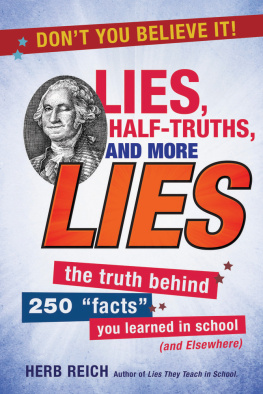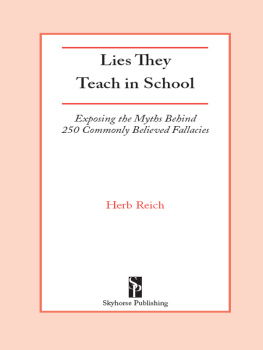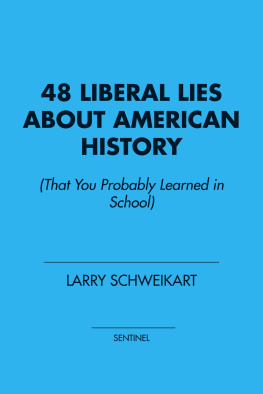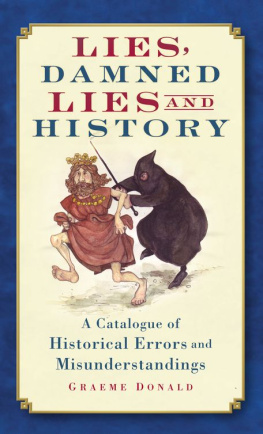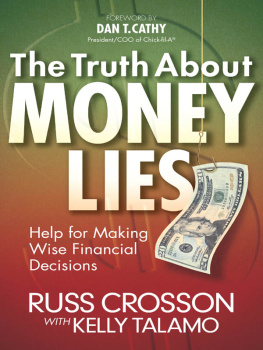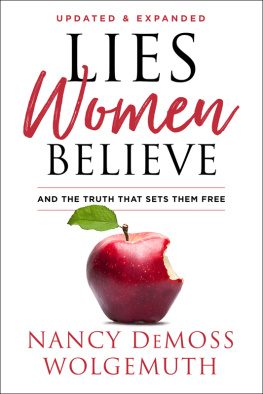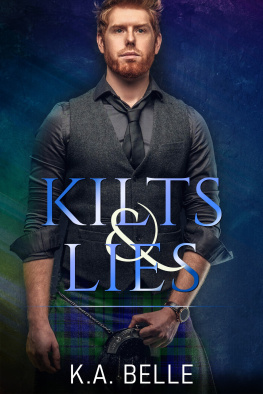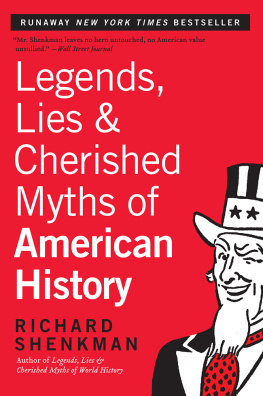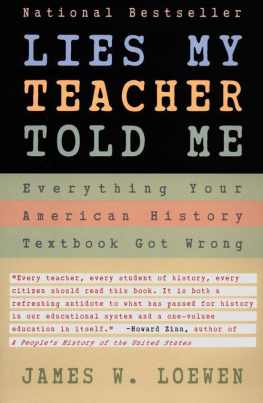Other books by Herb W. Reich
Dont You Believe It!
Numberpedia
Lies They Teach in School
2,501 Things That Really Piss Me Off
The Odyssey Scientific Library (Editor)
Encyclopedia of Engineering Signs & Symbols (Editor)
Copyright 2017 by Herb Reich
All rights reserved. No part of this book may be reproduced in any manner without the express written consent of the publisher, except in the case of brief excerpts in critical reviews or articles. All inquiries should be addressed to Skyhorse Publishing, 307 West 36th Street, 11th Floor, New York, NY 10018.
Skyhorse Publishing books may be purchased in bulk at special discounts for sales promotion, corporate gifts, fund-raising, or educational purposes. Special editions can also be created to specifications. For details, contact the Special Sales Department, Skyhorse Publishing, 307 West 36th Street, 11th Floor, New York, NY 10018 or .
Skyhorse and Skyhorse Publishing are registered trademarks of Skyhorse Publishing, Inc., a Delaware corporation.
Visit our website at www.skyhorsepublishing.com.
10 9 8 7 6 5 4 3 2 1
Library of Congress Cataloging-in-Publication Data is available on file.
Cover design by Rain Saukas
Print ISBN: 978-1-5107-1604-9
Ebook ISBN: 978-1-5107-1605-6
Printed in the United States of America.

Dedicated to all those gullible souls who most need this book.

C ONTENTS
P REFACE
This volume is the natural successor to my earlier book, Lies They Teach in School.
Soon after that book was published, I realized that it had barely tapped the vast universe of trusted untruths that exist just below the threshold of our awareness. I dont expect to exhaust the subject with this catalogue, only to share my observation that we are embedded in a boundless universe of claptrap, falsity, fakery, and artifice. Much is no doubt deceit, but at least as much is likely a different type of lie, growing out of inattention, the perseverance of old wives tales and myths that refuse to die. My intent is to send as many as possible of these offenders off to their well-deserved banishment.
I knew the earlier volume was on its way to success when I received some considered letters from readers, most laudatory, a few censorious. One particular entry in the book drew a pair of potent objections to my characterization of a politically sensitive falsification. One was instructive, the other hostile. Some people, I discovered, are so wedded to their fallacious beliefs as to be threatened by the truth. Still, it was gratifying to learn that at least some readers were paying attention.
I must acknowledge the help of staff at several southern Westchester public libraries. Librarians are a rare breed, a group of professionals who are dedicated to spreading learning in a society that badly needs it. They are, for me, a constant source of enlightenment.
A note of recognition for a pair of colleagues whose involvement started late but proved useful, somewhat; I honor their preference for anonymity to avoid any blame for the final product. However, they know who they are. My gratitude for my daughter Lizas counseling, her useful suggestions, and, while reading the text, her barely suppressed chuckle every time she tracked down and corrected a misspelling or an awkward phrase. And my appreciation for the participation of seventeen-year-old Jordyn Ecoff who contributed to the inventory of parental falsehoods noted in the Foreword. Jordyn is not only a valued contributor, she is also my super-valued granddaughter.
I thank you all.
F OREWORD
Although we boast of American probity, in truth we are a country often contaminated by lies. We are brought up in lies, reared on untruths, and move into an adulthood governed by falsifications. (Witness the recent2016presidential campaign.) We start out being told that Santa Claus leaves us gifts on Christmas Eve, that the tooth fairy places money under our pillow in exchange for a lost tooth, and that theres a place in Heaven for the virtuous even as we are being corrupted. As children, we are bombarded with a glut of such falsehoods:
When you lie, your forehead shows a red dot that can be seen only by your mother.
If you dont eat your veggies, your teacher will know.
A tube connects your bellybutton to your butt; if you unscrew your bellybutton your butt falls off.
Step on a crack, break your mothers back.
Your teacher has eyes in the back of her head and always knows what youre doing.
Making a silly face will freeze that way.
Daddy still loves you even though you used his razor to shave the cat.
When we move into adolescence we encounter another set of untruths, being told that our teachers are never wrong, our parents know best under any circumstances, cleanliness is next to godliness, and a whole new cluster of admonitions:
Cracking your knuckles causes arthritis in the hands.
Wait for an hour after eating before going into the pool.
Eating chocolate gives you zits.
Masturbation causes blindness.
Spinach makes you strong.
When I was your age, I walked three miles to school, uphill in both directions.
All this as todays parents are trying to raise their children to be honest, responsible citizens. Or so they say. Is it any wonder we learn early to bend the truth to our advantage, soon discover fibs, then misrepresentations, later outright lies. If its not in the blood, it is in the culture. Or maybe in the genes of Homo sapiens .
Whatever the source of our information, it may not be apparent that much of it is erroneous. If weve not been intentionally lied to, we have often at least been misinformed. And so we remain throughout our lives. We carry around a vast inventory of knowledge that is simply wrong. And we share it with our colleagues. We may have gleaned it in school, at our job, from our chums, from the media, or from our parents. It may be widely accepted as fact, but much of it is untrue.
My intention, in the pages that follow, is to disabuse you of some of the fallacies you tolerate as facts. We will examine misbeliefs about history, government, current events, geography, sports, and pop culture, debunking the untruths they perpetuate. And, hopefully, set the record straight at least on some of the misconceptions youve believed for years.
Following the main part of the text are three short addendaa section entitled Who Says So?, a short selection of misattributed quotations, identifying the person who actually said what has been credited to another, if it was actually said at all; a section on Experts and Naysayers, citing several examples of how authorities, leaders in their fields, can often make misleading pronouncements; and the final section on Politicians sine qua non for a discussion of lyingreviewing some of their half-truths, non-truths, and other absurdities.
So be wary. Untruth is seldom indifferent. As Francis Bacon observed in his essay, Of Vain-Glory: Lies are sufficient to breed opinion and opinion brings on substance.
It is easier to believe than to doubt.
E. D. Martin, in The Meaning of a Liberal Education

